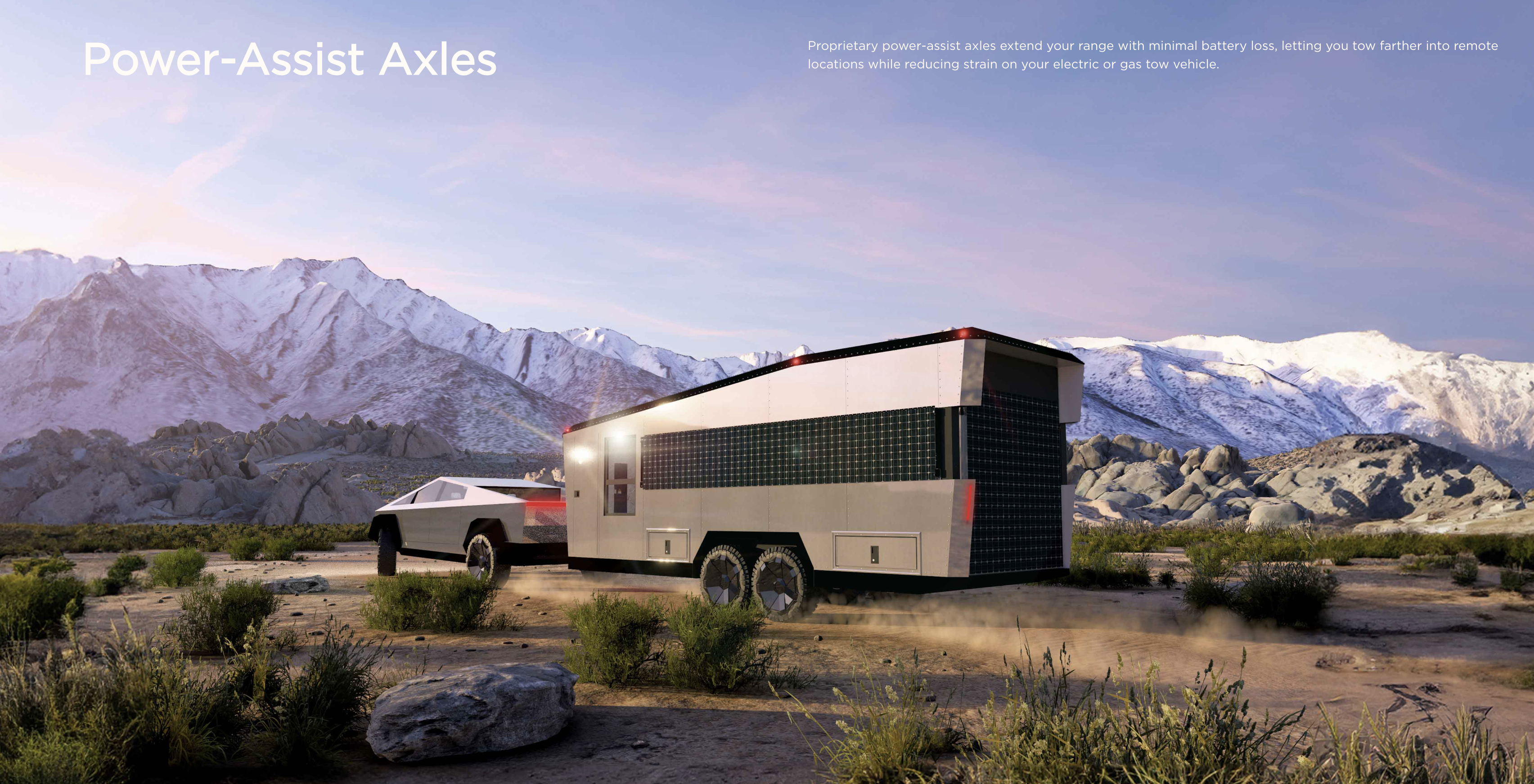Sign up for daily news updates from CleanTechnica on email. Or follow us on Google News!
A new report finds that, although there is likely to be a significant shortage of wind energy workers in the coming decades, impactful opportunities exist to close the wind energy workforce gap.
As development increases to meet U.S. wind energy deployment goals, it is important to have enough trained workers to meet industry needs. A new report from the U.S. Department of Energy’s (DOE) National Renewable Energy Laboratory finds that while there is likely to be a significant shortage of wind energy workers in the coming decades, impactful opportunities exist to close the wind energy workforce gap. The National Wind Workforce Assessment: Challenges, Opportunities, and Future Needs builds on past reports looking at the wind energy workforce gap, which found that wind energy employers had difficulty hiring both entry- and non-entry-level employees, and entry- and non-entry-level job seekers had difficulty landing jobs in wind energy-related careers. The new report includes survey results from students, wind energy businesses, wind energy employees, and education and training programs to better understand current challenges facing the growth of the wind energy workforce. By identifying the potential impacts that collaborative partnerships, adequate training, and other key actions can have on workforce trends, the report outlines steps that will be necessary to bridge the gap.
“Our fast-growing clean energy economy is creating more jobs across America, and demand for wind energy workers is on the rise,” said Jeff Marootian, Principal Deputy Assistant Secretary for Energy Efficiency and Renewable Energy. “With these strategies to expand career paths and opportunities, we can start bridging gaps now to ensure we will have a robust and talented future wind energy workforce.”
Key takeaways from the study provide actionable strategies to boost the quality and quantity of applicants for wind industry jobs.
Connect Classrooms to Careers
Industry and educational institutions should collaborate to help students build awareness of wind industry opportunities. 60% of students reported a lack of exposure to the wind energy industry within their coursework, and 59% of wind energy firms reported no partnerships with educational institutions to find applicants for internships, apprenticeships, or job candidates. To close this gap, industry and educational and training institutions could align on where students should be instructed to look for job postings.
Foster Future Talent
Industry firms should connect with students through outreach and programs such as the Collegiate Wind Competition (CWC), a program funded by DOE’s Wind Energy Technologies Office. Students who take part in the CWC are nearly twice as likely to work in the wind energy industry compared to those who didn’t. The initiative is one example of a connective program that helps develop a robust wind workforce pipeline and encourages participants to pursue wind-energy-related jobs. The 2024 Collegiate Wind Competition will take place at the American Clean Energy Association’s CLEANPOWER conference next month, and applications are now open for collegiate teams interested in joining 2025 competition.
Create Clear Career Pathways
Industry firms and educational institutions should establish effective internship and apprenticeship programs and pipelines. Students and recent graduates from both 2-year and 4-year degree programs found that obtaining technical training was their main hurdle in securing jobs in the wind industry. Increasing the availability of internships and apprenticeships is crucial for equipping students with the necessary technical skills to enter the wind energy industry successfully.
Prioritize Inclusivity
Both industry firms and educational institutions should work to reduce barriers to entrance for historically underrepresented populations. Most firms who participated in the survey reported that they did not have hiring initiatives or programs to increase the number of employees in specific demographic groups. Building intentional and consistent partnerships between wind energy industry firms, community-based organizations, and educational and training institutions focused on diversity, equity, inclusion, can help make wind energy careers more accessible to a broader and more diverse workforce.
The study used innovative modeling to better analyze workforce challenges and potential impacts of actions that could be leveraged to close the gap. This model estimates under a “business-as-usual” case, that the demand for workers may reach 258,000 by 2030 as both land-based and offshore wind energy grow; however, the workforce supply is only estimated to grow to 134,000 full-time employees. The estimated workforce demand may outpace the estimated workforce supply resulting in a gap of approximately 124,000 workers in 2030.
The report also contains a series of four stakeholder-specific presentations that shares a compilation of voices across the key stakeholder groups:
- Created for educators, the first presentation provides insights into student perspectives on wind energy education and training programs.
- The second presentation targets wind energy industry employers seeking to understand the perceptions of students trying to enter the wind energy industry.
- Geared towards helping wind industry employers and current employees, the third presentation provides perspectives on hiring hurdles faced by the wind energy industry.
The final presentation, titled Connective Actions for Educational Institutions and Wind Industry Firms, describes what educators and industry employers can do to help improve the perception of the wind energy industry, make jobseekers aware of career opportunities, and mitigate hiring challenges.
Read the full report and explore other workforce development and education resources, including a map of specific wind careers from DOE’s Wind Energy Technologies Office.
Have a tip for CleanTechnica? Want to advertise? Want to suggest a guest for our CleanTech Talk podcast? Contact us here.
Latest CleanTechnica.TV Video
CleanTechnica uses affiliate links. See our policy here.





